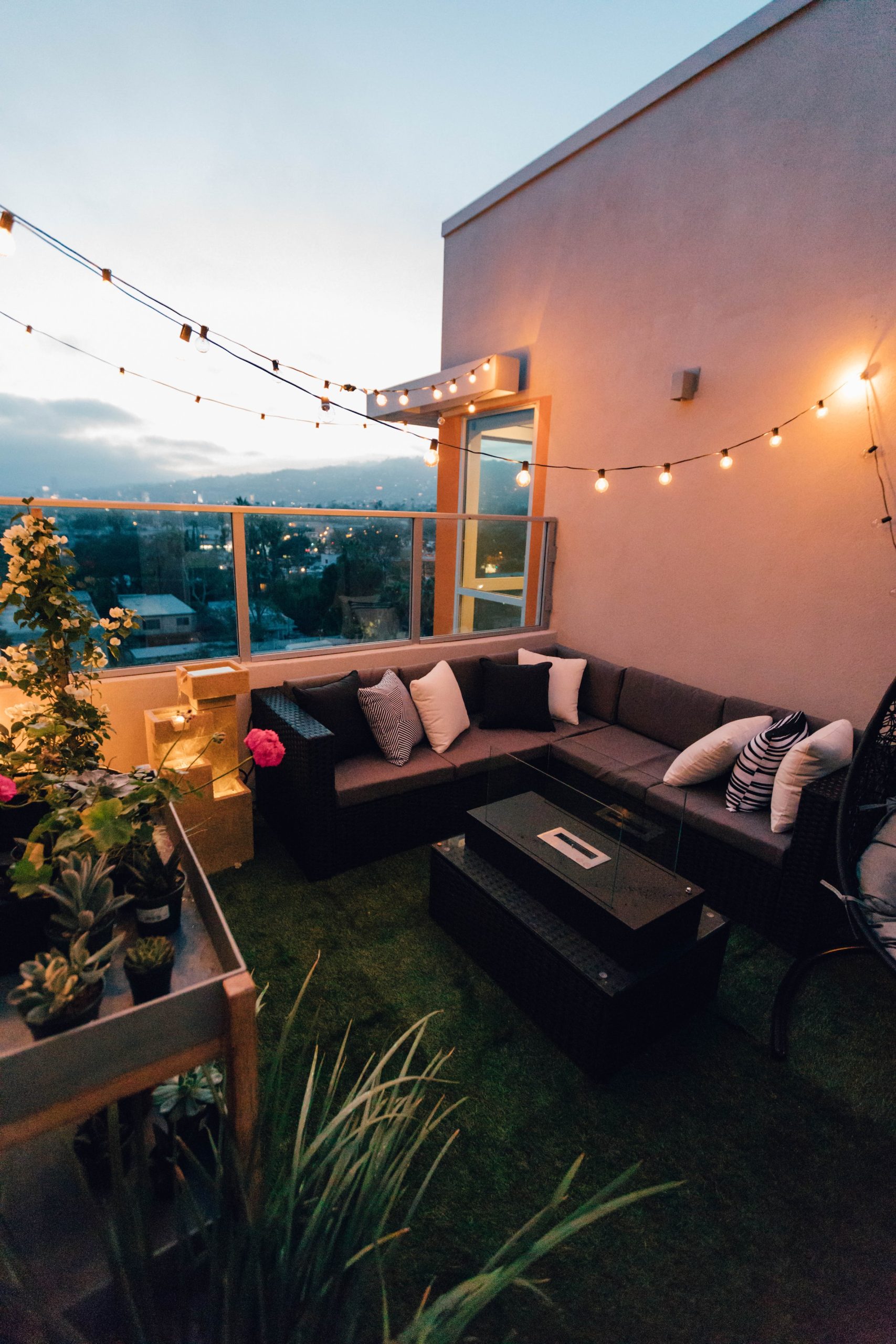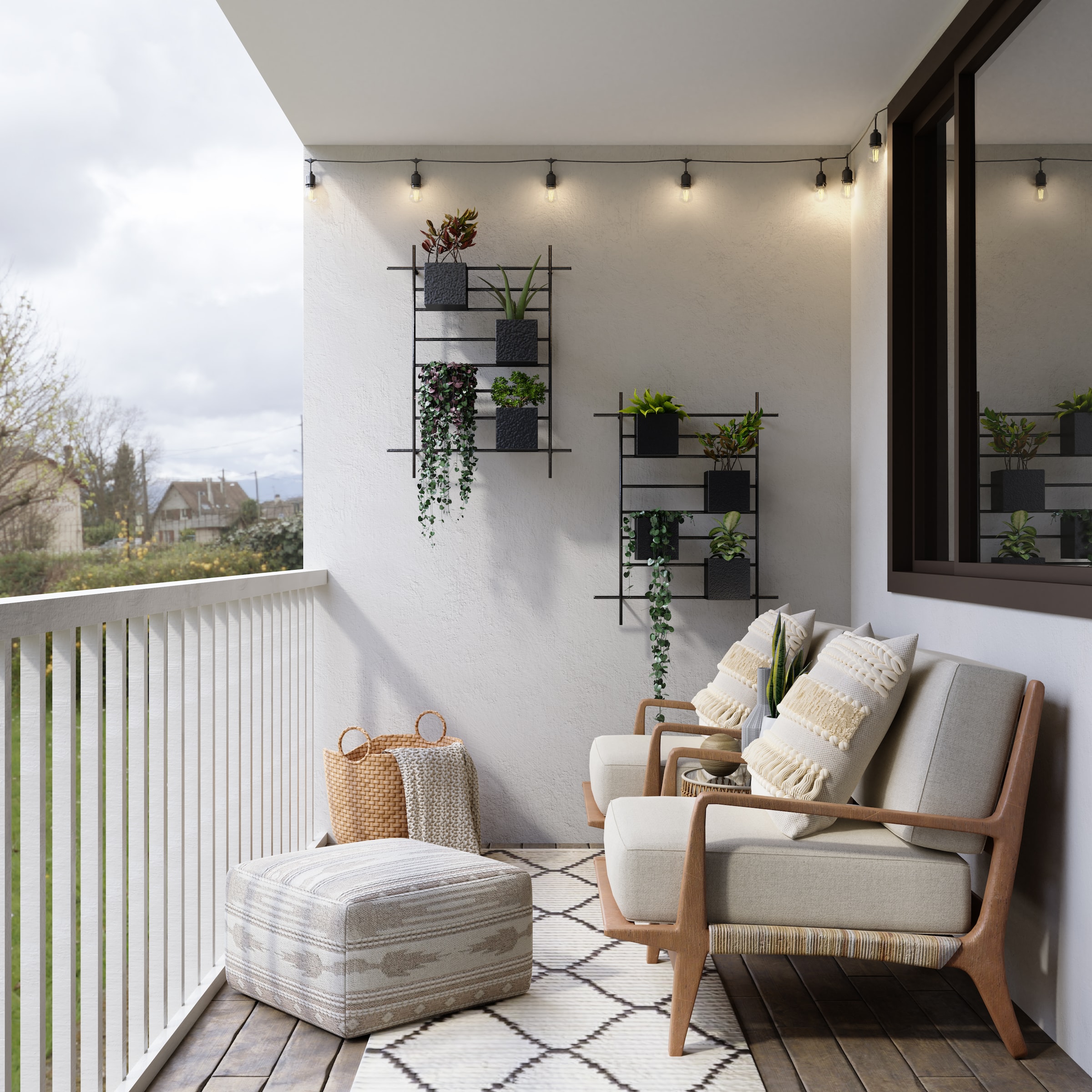A pergola is a fixed structure that provides year-round shelter. It is a perfect compromise between the veranda and the awning, as it protects against rain, wind, and sun. It exists under several categories. But which best resists strong and violent wind? So, without further ado, let’s dive into this blog and learn some of the things you need to know about the pergola.
The attached pergola

Also called wall pergola, the leaning pergola leans on one of the walls of the house. It has two vertical posts on the front. Indeed, the back of its structure is hung directly to the house thanks to the wall fixings. The lean-to pergola is very solid and resists better to strong wind and bad weather. It makes it possible to make the decorations of the facade and the link between the interior and the exterior.
Then, it is inexpensive and can cover all or part of a terrace to form a roof. Also, it protects the interior of the house from the heat of the sun. Note that it can darken the house. Made of aluminum, wood, or PVC, the installation of a pergola does not require masonry work.
The self-supporting pergola
This type of pergola is equipped with four pillars fixed to the ground without leaning against a wall or the facade of the house. The self-supporting pergola can be installed anywhere (terrace, garden, poolside, flat ground) and can cover any location on a property. It does not require any technical support or fixing constraints. It is a pergola that you can fix firmly in a place of your choice or your desires.
The bioclimatic pergola
This type of pergola is equipped with a retractable or adjustable teardrop roof that allows the roof teardrops to be opened or closed depending on weather changes. The open retracted or inclined bioclimatic pergola lets in heat and light as needed. Being also closed, it protects well from the rain, the wind, and the sun.
Then, the bioclimatic pergola is comfortable on a daily basis and therefore offers a possibility of protection against the rain or the sun. It adjusts precisely to let air and shade circulate. Regardless of the weather conditions, rain, high heat, sun, and low light, this type of pergola adapts perfectly to your needs while offering an outdoor relaxation area in all weather. These retractable and oriental teardrops allow you to enjoy a bright open space or a covered and shaded one.
The roll-up canvas pergola
Also called a patio awning, the roll-up canvas pergola offers shade with elegance. It is discreet and unobtrusive. Indeed, this type of pergola is more robust than a patio awning and has better resistance to strong winds. Its tension is ensured by springs integrated into the load bar, and its canvas is oriented by slides, which makes it perfect for enjoying the stars on a beautiful summer night and also sunbathing during the spring.
Unlike some types of pergolas, this one is only available in an inclined version. Thus, it is leaned against a wall like a facade and facilitates the evacuation of rainwater. However, for more comfort, it is advisable to favor the aluminum structure, which is resistant to corrosion and more robust, which will require little maintenance.
Fixed roof pergola
A clear and transparent design allows the pergola with a fixed roof to be equipped with a fixed glass or polycarbonate roof. It allows you to make the most of the outdoors by offering an unobstructed view. Just like a veranda, this type of pergola is more suitable for spaces facing east or north. Once oriented in these previous directions, it is recommended to install an interior blind in order to modulate the temperature and the sunshine.
Final thoughts

In short, remember that there are several types of pergolas that are more resistant to strong and violent winds. However, if you want to make a choice, it is important to take into account your taste and your budget. Do not hesitate to ask for the services of a specialist in all closures. Sound off in the comments section below, and tell us what you want to read next and if you want to read more about the pergola.


